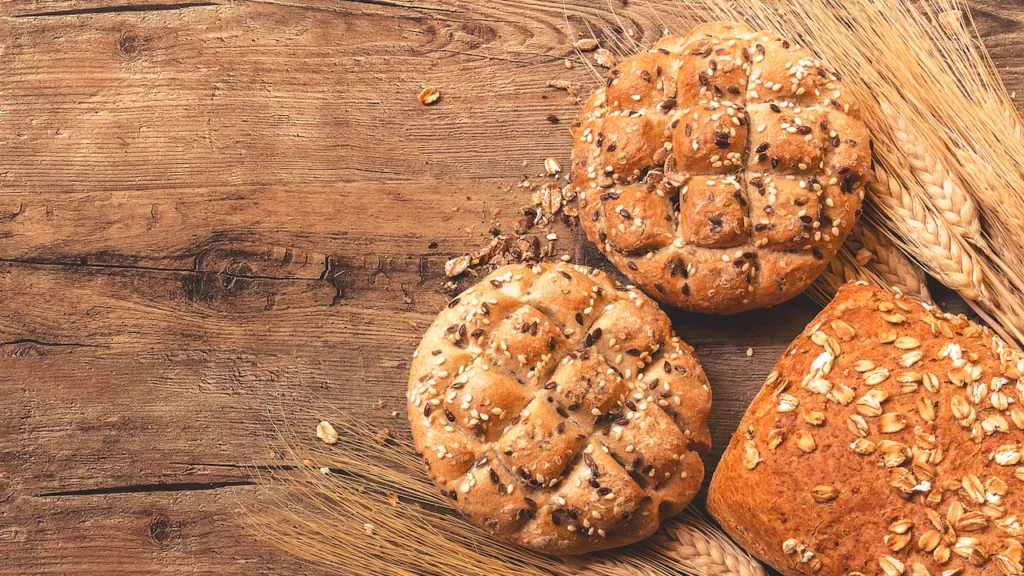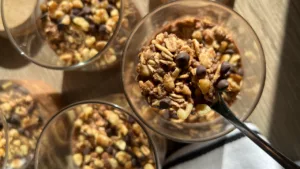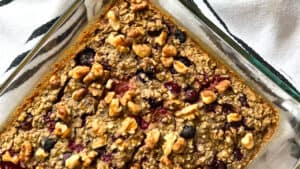What is Oat Flour? Oat flour has been gaining popularity as a healthy and versatile ingredient in the culinary world. For those following a vegan lifestyle or looking for gluten-free alternatives, oat flour has become a go-to option. In this article, we will explore what oat flour is, how it is made, its nutritional benefits, and its role in vegan diets.
Table of Contents
- Introduction
- What is Oat Flour?
- The Process of Making Oat Flour
- Nutritional Benefits of Oat Flour
- Oat Flour in Vegan Diets
- Using Oat Flour in Different Recipes
- Tips for Buying and Storing Oat Flour
- How to Make Oat Flour at Home
What is Oat Flour?
Oat flour is flour made from ground oats, and it offers a whole range of nutritional benefits. Oats are a type of cereal grain that is commonly grown in temperate regions. The oats are first cleaned, toasted, and then milled to produce a fine powder, which is the oat flour.
The Process of Making Oat Flour
The process of making oat flour starts with harvesting the oats when they are ripe. The oats are then cleaned to remove any impurities and sorted for quality. Afterward, the oats are lightly toasted to bring out their natural nutty flavor. Once the toasting is complete, the oats are ground into a fine powder using a mill or a food processor.
Nutritional Benefits of Oat Flour
Oat flour offers various nutritional benefits:
- Rich in Fiber: Oat flour is a great source of dietary fiber, which is essential for a healthy digestive system. Fiber helps regulate bowel movements, prevent constipation, and promote a feeling of fullness, aiding in weight management.
- High in Protein: Protein is an essential macronutrient, and oat flour provides a decent amount of it. Including oat flour in your diet can help support muscle growth and repair.
- Packed with Nutrients: Oat flour contains various vitamins and minerals, such as iron, magnesium, and B vitamins. These nutrients play a crucial role in overall health and well-being.
- Gluten-Free Option: One of the significant advantages of oat flour is that it is naturally gluten-free, making it an excellent choice for individuals with gluten sensitivities or celiac disease.
Oat Flour in Vegan Diets
Oat flour is entirely plant-based, making it suitable for vegans and vegetarians. It is an excellent addition to vegan diets to ensure a balanced intake of nutrients. Additionally, oat flour can serve as an egg and dairy replacer in vegan baking, adding moisture and binding properties to recipes like cakes, muffins, and pancakes.
Using Oat Flour in Different Recipes
- Oat Flour Pancakes: Oat flour pancakes are a popular breakfast option for those looking to start their day with a healthy and filling meal. These fluffy pancakes can be customized with fruits, nuts, or chocolate chips.
- Oat Flour Cookies: Baking oat flour cookies is a fantastic way to enjoy a sweet treat without feeling guilty. These cookies can be made with various add-ins like dried fruits, seeds, or shredded coconut.
- Oat Flour Bread: Oat flour can be used in bread-making to create delicious and hearty loaves. It adds a lovely texture and flavor to the bread, making it a favorite among health-conscious individuals.
- Oat Flour Smoothies: Adding oat flour to your smoothies is an excellent way to thicken the consistency and boost the nutritional content. It provides a subtle oat flavor that pairs well with fruits and greens.
- Oat Flour Pizza Crust: For a gluten-free pizza option, oat flour can be combined with other flours to create a tasty and crispy crust. It is a healthier alternative to traditional pizza dough.
Tips for Buying and Storing Oat Flour
- Choosing the Right Oats: When purchasing oat flour, it is essential to check the label and ensure that it is made from 100% pure oats. Some products may contain additional ingredients, which could affect its gluten-free status.
- Proper Storage Techniques: To maintain the freshness and quality of oat flour, store it in an airtight container in a cool, dry place. Avoid exposing it to moisture or heat, as this can lead to spoilage.
How to Make Oat Flour at Home
Making oat flour at home is a simple process. Start by blending rolled oats in a food processor until you achieve a fine powder. Sieve the flour to remove any coarse bits, and your homemade oat flour is ready to use.
Conclusion: What is Oat Flour
In conclusion, oat flour is a nutritious and versatile ingredient that offers numerous benefits. From its rich fiber content to its use in vegan baking, oat flour has become a favorite among health-conscious individuals. Whether you are following a vegan lifestyle or looking for gluten-free options, oat flour can be an excellent addition to your pantry.
FAQs:
Yes, oat flour is naturally gluten-free and safe for individuals with gluten sensitivities.
In some recipes, oat flour can be used as a substitute for all-purpose flour, but adjustments may be needed due to differences in texture and binding properties.
Absolutely! Oat flour can be used in savory dishes such as veggie burgers, savory pancakes, and sauces.
You can combine oat flour with almond flour, coconut flour, or rice flour to create gluten-free blends for baking and cooking




